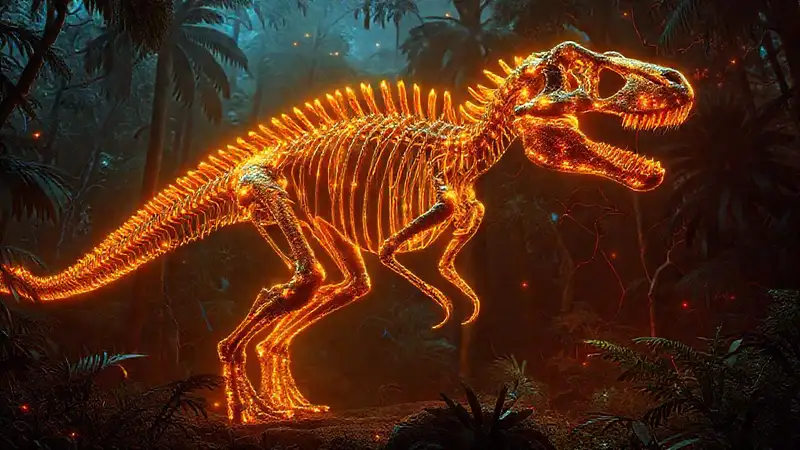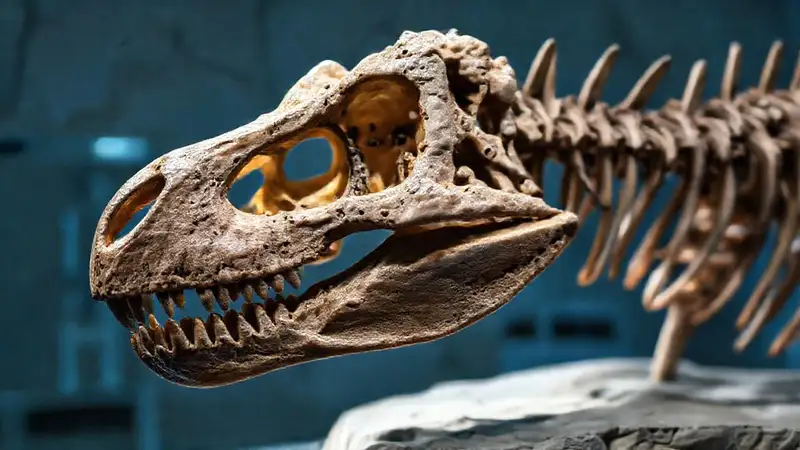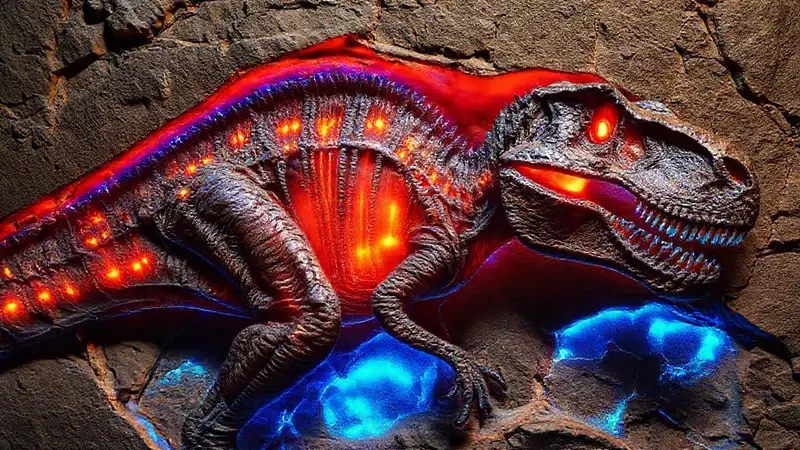The question of whether dinosaurs were truly warm-blooded, or more accurately, endothermic, has been a topic of intense debate and research for decades. Traditionally, dinosaurs were classified as ectothermic, ‘cold-blooded’ creatures like reptiles, relying on external sources for heat. However, mounting evidence, including bone histology, trace element analysis, and biomechanical modeling, increasingly suggests a more nuanced picture – that many dinosaur lineages exhibited a significant degree of internal heat regulation. This shift in understanding challenges our preconceived notions of dinosaur physiology and opens exciting new avenues of investigation into their evolution and behavior.
Understanding dinosaur thermoregulation isn't simply about assigning them a single metabolic label. It’s about grasping the complex interplay of factors influencing their body temperature, from environmental conditions to their own physiological responses. This article delves into the current scientific evidence suggesting a more sophisticated system than previously imagined, exploring potential mechanisms employed by dinosaurs to maintain a stable internal temperature. We’ll examine the available data and discuss the implications for their locomotion, growth, and ecological niche.
Fossil Evidence: Bone Histology and Trace Elements
The most compelling initial evidence for endothermy in dinosaurs stems from paleohistology. Microscopic examination of fossil bones reveals vascularized bone tissue – a characteristic primarily associated with animals maintaining higher body temperatures. In ectothermic reptiles, the bone marrow is largely replaced by fatty tissue, lacking blood vessels. However, dinosaurs, particularly theropods (the group including T. rex), often display preserved vascularized bone, suggesting a significantly higher metabolic rate and the ability to generate and retain heat internally.
Furthermore, trace element analysis of bone collagen provides another avenue for assessing dinosaur metabolic rates. Stable isotopes, particularly strontium and oxygen, can be incorporated into collagen during bone formation. The ratios of these isotopes reflect the animal’s environmental conditions and, importantly, its metabolic activity. Higher metabolic rates produce different isotopic signatures. Studies consistently show that many theropods exhibit isotopic ratios consistent with endothermy, indicating a greater capacity to maintain elevated body temperatures compared to typical reptiles. It’s crucial to remember that isotopic ratios are complex and influenced by multiple factors, but the trend is powerfully suggestive.
Biomechanical Modeling and Locomotion
Traditional assumptions about dinosaur locomotion, based solely on their skeletal structure, didn't always align with expectations for ectotherms. Many dinosaurs, particularly the larger theropods, possessed musculature and skeletal adaptations suggestive of sustained, high-powered movements. Biomechanical modeling, simulating how dinosaurs moved and generated heat, has shown that a consistently higher body temperature would have been a significant advantage for these active animals.
For example, modeling the movements of Velociraptor, a smaller, agile theropod, shows that maintaining a relatively stable body temperature would have been crucial for the efficient operation of its muscles. Ectothermic reptiles would have experienced significant reductions in muscle performance at cooler temperatures, potentially hindering their speed and agility. Conversely, a higher, more consistent temperature would have allowed for optimal muscle function, supporting their hunting strategies and escape behaviors. This connection between physiology and locomotion provides strong evidence for endothermy.
Counterarguments and Alternative Hypotheses: Mesoendothermy

Despite the compelling evidence, the debate continues. Some researchers propose the concept of mesoendothermy, suggesting that dinosaurs exhibited a degree of warmth regulation, but not to the same extent as modern birds or mammals. Mesoendotherms would have generated some internal heat, primarily through muscle activity, but relied on external heat sources, like sunlight, to maintain their core temperature.
This theory attempts to account for the fossil evidence, particularly bone histology, suggesting that vascularization might have been linked to muscle activity rather than a fully sustained, internal heat generation mechanism. However, the sheer volume of evidence – isotopic ratios, biomechanical modeling – points increasingly towards a more significant degree of internal heat regulation than a simple ‘muscle-driven’ approach can fully explain.
Feather Evidence and Thermoregulation
The discovery of feathers in numerous non-avian dinosaur lineages has been pivotal in reshaping our understanding of dinosaur physiology. Feathers themselves are not solely for flight; they serve as insulators and contribute to heat regulation. Symmetrical feathers, particularly those found in theropods, are believed to have trapped air, creating a layer of insulation against the cold.
Furthermore, the presence of melanosomes – pigment-containing structures within feathers – suggests that some dinosaurs may have been able to change the color of their plumage to absorb or reflect sunlight, further aiding in thermoregulation. Studies have even indicated that feather-based insulation could have been significant enough to contribute to maintaining a core body temperature within a relatively narrow range, supporting the concept of endothermy.
Conclusion
The evidence is now strongly leaning towards the conclusion that many dinosaurs, particularly theropods, exhibited a surprisingly advanced form of internal heat management. While the exact nature of their thermoregulatory system likely varied across lineages, the data from fossil bone structure, trace element analysis, biomechanical modeling, and feather distribution collectively suggest a system far beyond simple ectothermy.
Moving forward, research must continue to refine our understanding of the specific mechanisms employed by dinosaurs, focusing on the interplay between muscle activity, insulation, and behavioral adaptations. Ultimately, recognizing the capacity for sophisticated thermoregulation in dinosaurs not only corrects a long-held assumption but also broadens our appreciation for the evolutionary journey that ultimately led to the diverse array of feathered dinosaurs we know today.
Do you want me to refine any aspect of this, like adding more detail to a particular section, adjusting the tone, or focusing on a specific dinosaur group?





Deja una respuesta